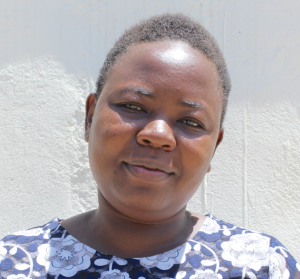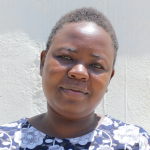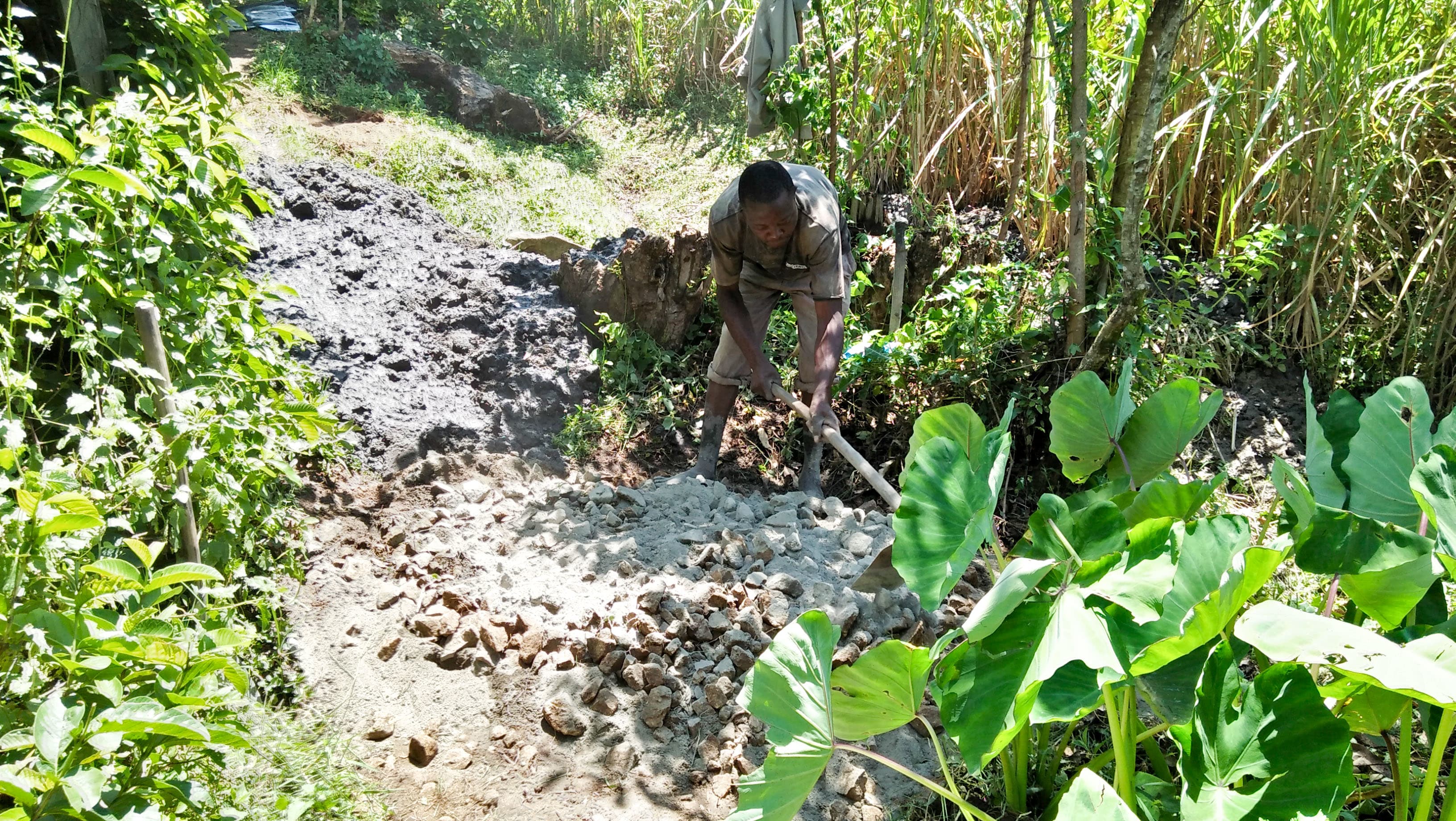This unprotected spring is located in Ewamakhumbi Village of Kakamega County.
An average day begins very early in the morning. Women work to clean their houses and then prepare breakfast for the whole family while the children get ready to go to school.
Men milk animals and move out in the cold to sell a few bottles of milk in order to buy sugar and tea leaves. After that, men look for grass for their cows to eat. Women take several laps to Yanga Spring to fetch water, as men till their lands to ensure there is enough food on the table.
By 10am women begin cooking lunch since the children go back home for lunch. Most of the people here are unemployed, therefore they have to work extra hard to earn a living.
Water
Yanga Spring serves more than 210 people in the community. Women draw water from the spring using 20-liter jerrycans, most don't have lids. Families usually have plastic containers between 50 liters and 100 liters which are used to store water at home.
The community members have improvised a plastic pipe to help them fetch water without disrupting the spring. The community sent a request asking for us to consider their spring for protection after seeing what was done at nearby Ayubu Spring.
During the rainy seasons, the waste is washed into the spring leading to contamination of water. The landowner practices farming close to the water catchment area too. This contributes to pollution of the water by the farm chemicals used.
Sanitation
Sanitation is a big problem as many people do not have good latrines. Fewer than half of households have latrines.
Most of them are smelly and lack privacy because the doors are made of old pieces of cloth or sugar sacks. Walling is done by rusty old iron sheets or mud.
"Personally, I lack a latrine," Mrs. Mercy Shiyuka said. "I use my neighbor's whenever I want to go for long calls."
Hygiene practices are also poor among the community members. Many people do not wash their hands after using the toilet and many compounds were unclean. Few people had dishracks and clotheslines.
The majority of the community members disposes of garbage by decomposing it in banana plantations.
Here’s what we’re going to do about it:
Training
Community members will attend hygiene and sanitation training for at least two days. This training will ensure participants have the knowledge they need about healthy practices and their importance. The facilitator plans to use PHAST (Participatory Hygiene and Sanitation Transformation), CLTS (Community-Led Total Sanitation), ABCD (Asset-Based Community Development), group discussions, handouts, and demonstrations at the spring. One of the most important topics we plan to cover is the handling, storage, and treatment of water. Having a clean water source will be extremely helpful, but it is useless if water gets contaminated by the time it’s consumed. Handwashing will also be a big topic.
Training will also result in the formation of a committee that will oversee operations and maintenance at the spring. They will enforce proper behavior around the spring and delegate tasks that will help preserve the site, such as building a fence and digging proper drainage. The fence will keep out destructive animals, and the drainage will keep the area’s mosquito population at a minimum.
Sanitation Platforms
On the final day of training, participants will select five families that should benefit from new latrine floors.
Training will also inform the community and selected families on what they need to contribute to make this project a success. They must mobilize locally available materials, such as bricks, clean sand, hardcore, and ballast. The five families chosen for sanitation platforms must prepare by sinking a pit for the sanitation platforms to be placed over. All community members must work together to make sure that accommodations and food are always provided for the work teams.
Spring Protection
Protecting the spring will ensure that the water is safe, adequate and secure. Construction will keep surface runoff and other contaminants out of the water. With the community’s high involvement in the process, there should be a good sense of responsibility and ownership for the new clean water source.
Fetching water is predominantly a female role, done by both women and young girls. Protecting the spring and offering training and support will, therefore, help empower the female members of the community by giving them more time and efforts to engage and invest in income-generating activities.
This project is a part of our shared program with Western Water And Sanitation Forum (WEWASAFO). Our team is pleased to provide the reports for this project (edited for readability) thanks to the hard work of our friends in Kenya.

 Protected Spring
Protected Spring
 Rehabilitation Project
Rehabilitation Project













































